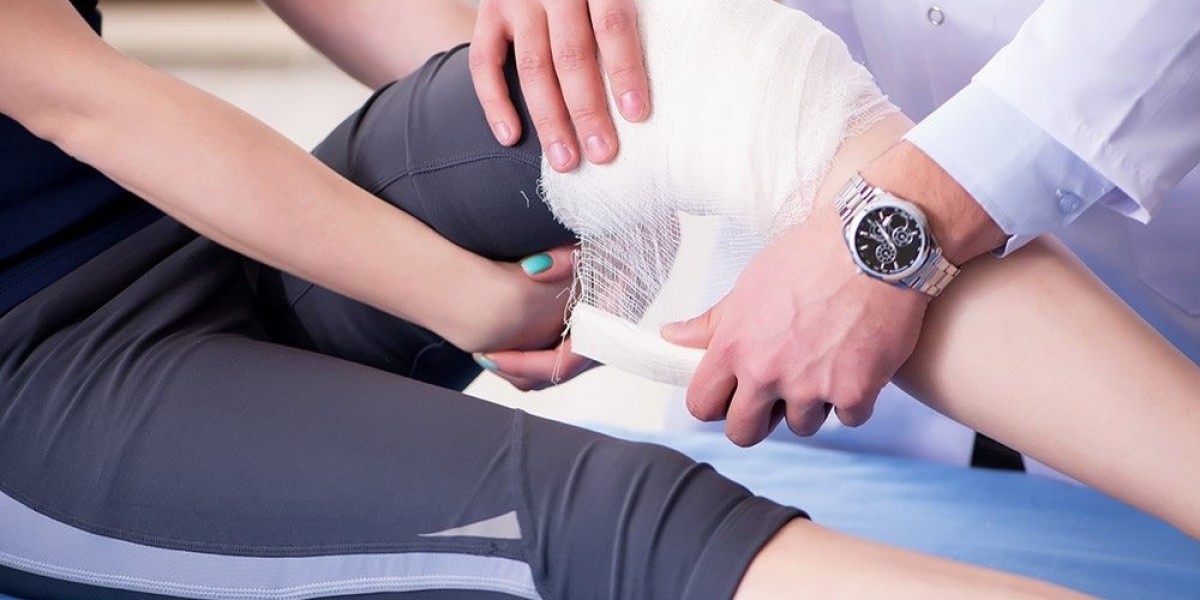In the dynamic world of sports, injuries are an unfortunate reality for athletes at all levels. Accurate diagnosis and effective treatment of these injuries are crucial for a swift return to the game. In Karachi, the role of imaging in sports injury surgery has become increasingly vital, providing orthopedic surgeons and sports medicine specialists with the tools necessary to assess injuries accurately and formulate effective treatment plans. This blog explores the importance of imaging techniques in sports injury surgery, highlighting the various modalities used and their impact on patient care.
Understanding Imaging in Sports Medicine
Imaging refers to the use of various techniques to visualize the internal structures of the body. In the context of sports medicine, imaging plays a critical role in diagnosing injuries, planning surgical interventions, and monitoring recovery. Common imaging modalities used in sports injury surgery include:
- X-rays
- Magnetic Resonance Imaging (MRI)
- Computed Tomography (CT) Scans
- Ultrasound
Each of these techniques offers unique advantages in evaluating different types of injuries.
Key Roles of Imaging in Sports Injury Surgery
- Accurate Diagnosis
- One of the primary functions of imaging is to provide an accurate diagnosis of sports injuries. X-rays are often the first-line imaging modality used to identify fractures and dislocations. However, for soft tissue injuries, such as ligament tears or muscle strains, MRI is preferred due to its superior ability to visualize soft tissues. In Karachi, sports medicine specialists rely on these imaging techniques to assess the severity and nature of injuries accurately.
- Treatment Planning
- Imaging plays a critical role in formulating effective treatment plans. Once a diagnosis is made, orthopedic surgeons can utilize imaging results to determine the best course of action. For example, if an MRI reveals a torn anterior cruciate ligament (ACL), the surgeon may recommend surgical reconstruction based on the location and severity of the tear. By having detailed images of the injury, surgeons can make informed decisions that enhance the chances of successful outcomes.
- Guiding Surgical Procedures
- During sports injury surgery, imaging can guide the surgeon in real-time. Techniques such as fluoroscopy provide live imaging that allows surgeons to visualize structures during the procedure, ensuring precise alignment and placement of implants. This real-time feedback is particularly valuable in complex surgeries, where accuracy is paramount. In Karachi, the integration of advanced imaging technologies into the surgical process improves outcomes and reduces the risk of complications.
- Monitoring Recovery
- Post-surgery, imaging continues to play a vital role in monitoring recovery. Follow-up imaging can help assess the healing process, identify any complications, and determine when an athlete can safely return to their sport. For instance, periodic MRIs may be employed to evaluate the condition of soft tissues and ensure that they are healing properly. This ongoing assessment is crucial for minimizing the risk of re-injury and ensuring a safe return to athletic activities.
- Research and Development
- Imaging also contributes to ongoing research and development in sports medicine. By studying imaging data from various injuries, healthcare professionals can gain insights into injury mechanisms, treatment efficacy, and recovery outcomes. In Karachi, this research helps to refine surgical techniques and develop best practices for managing sports injuries, ultimately benefiting athletes across the region.
Challenges in Imaging for Sports Injuries
While imaging is an invaluable tool in sports injury surgery, there are challenges associated with its use:
- Accessibility
- Access to advanced imaging technologies can be limited in certain areas of Karachi. Ensuring that athletes have access to the necessary imaging services is essential for timely diagnosis and treatment.
- Cost
- The cost of imaging studies can be a barrier for some patients. Healthcare providers must work to find solutions that make imaging more affordable and accessible to all athletes.
- Interpretation
- Accurate interpretation of imaging results requires specialized training. Collaborating with experienced radiologists is crucial to ensure that the findings are correctly understood and incorporated into treatment plans.
Conclusion
The role of imaging in sports injury surgery is indispensable, providing critical information for accurate diagnosis, effective treatment planning, and ongoing monitoring of recovery. In Karachi, the integration of advanced imaging techniques into sports medicine practices enhances the quality of care provided to athletes, ultimately improving their chances of returning to their sport safely and efficiently. As technology continues to advance, the potential for even greater innovations in imaging will further transform the landscape of sports injury management, ensuring that athletes in Karachi receive the highest standard of care.










